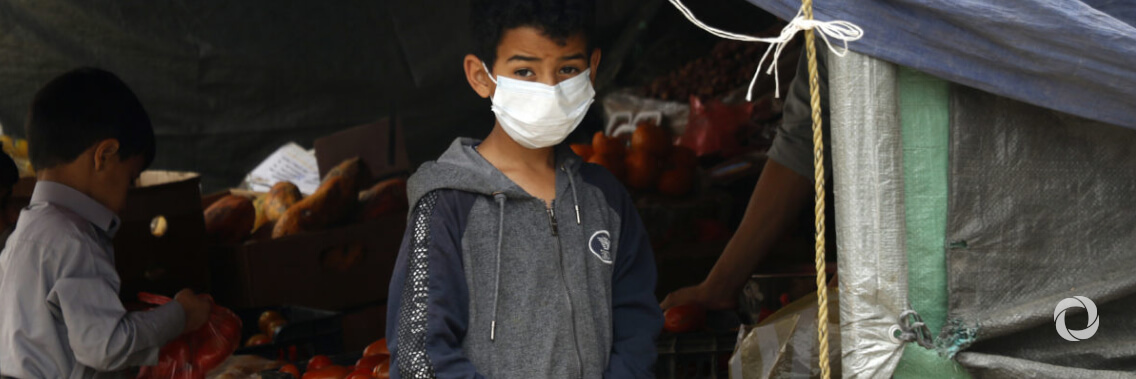This year, donors have given the equivalent of 25 US cents per day for each of the 24.3 million people in need in Yemen, about half the amount given last year, Oxfam warned.
The dramatic cut comes despite the additional threats that COVID-19 poses in a country already suffering the world’s worst humanitarian disaster.
More than a third of the UN’s humanitarian programs have already been cut back, with some completely shut down between April and August due to the funding shortage. Cuts include a reduction in services at 300 health centers and in food distributions across the country.
In Yemen, 25 cents would buy less than one cup of kidney beans or cooking oil, or three eggs, according to the market data from July. In 2019 donors gave the equivalent of 46 cents per person each day – still falling far short of meeting Yemenis’ daily needs.
The destruction of homes and basic infrastructure, rising food and fuel prices, a lack of jobs, and continuous cuts to public servants’ salaries during the five years of conflict have combined to deprive Yemenis of the essentials, including food, clean water, and healthcare. This has forced millions to rely on humanitarian aid in order to survive.
Muhsin Siddiquey, Oxfam’s Yemen Country Director, said: “While the economic fallout unleashed by the COVID-19 pandemic has affected every corner of the globe, in Yemen millions are on the brink of starvation. Yemenis cannot afford aid to be cut – people need more help to survive, not less.
“Yemenis had already suffered the hardships of more than five years of conflict before the pandemic wreaked further havoc, leaving them acutely vulnerable to disease and hunger. The international community urgently needs to step up funding for Yemen as well as honoring the pledges already made so that people can get the lifesaving aid they need.”
In real terms, the impact of the cut in aid is likely to be even greater than it appears because a depreciation in the Yemeni Rial has pushed up prices beyond the reach of millions. The price of flour has risen 22 percent in the last year, onions by 35 percent, and sugar by 48 percent.
So far this year, donors have given a total of only $1.6bn, of which $1.28bn has been channeled through the UN’s official humanitarian response. This is just 40 percent of what the UN says is needed to supply clean water, food shelter, and medicine. Donors gave a total of $4.06bn last year and $5.17bn in 2018.
Almost all donors have given substantially less money this year, including four of the biggest– the US, UK, Saudi Arabia, and the UAE. Since 2018, the number of people in need in Yemen has risen from 22.2 million to 24.3 million.
Original source: Oxfam

